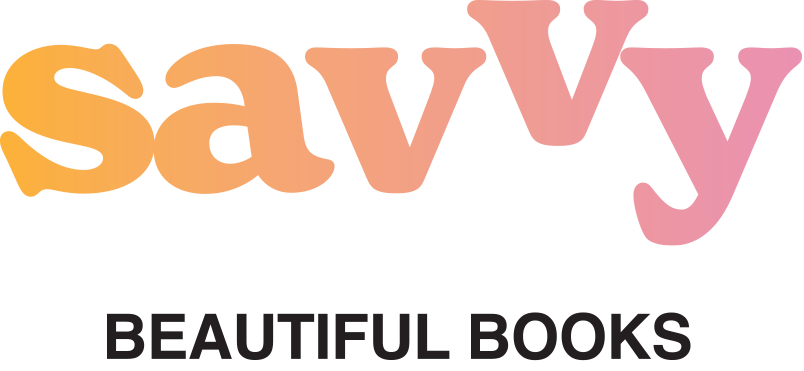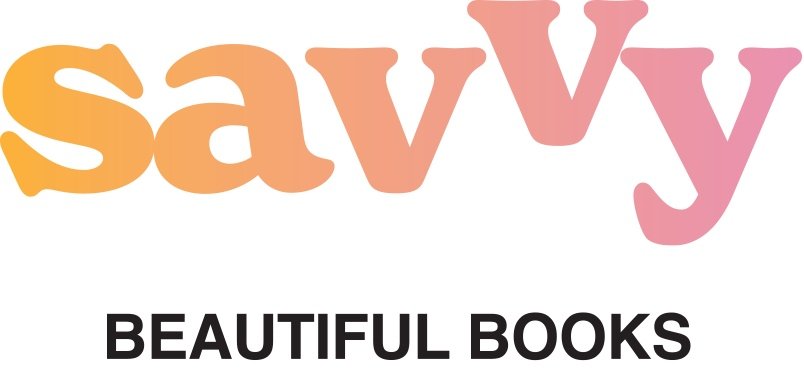What’s the recipe?
“Do you have time for a coffee? I’m writing a cookbook and I want to pick your brain.” Yeah, we hear that a lot—and we love it.
Part One.
When you become a published author, these requests come fast and furious. You’d think that our brains would be picked clean. I mean, we have book projects that are screaming for our attention. And friends, families, and domestic to-do lists. And Netflix, even.
All these things are true. Yet, we love the stuff of cookbooks, and we love talking about them.
This ranges from brainstorming and finding the hook that turns a general idea into a legit cookbook concept, to selecting the right food stylist and photographer and directing photo shoots. On the editing side, sometimes it means pulling a book that has lost its focus out of the weeds and untangling much-loved recipes to make them easily replicable. Or maybe it’s painstakingly line-editing a hefty manuscript. We even love the things that many would-be or experienced cookbook authors dislike, such as creating book budgets, strategizing sales and marketing plans, and even sleuthing the right book warehouser and distributor to get the product into bookstores and retail outlets.
We never tire of discussing how an idea for a collection of recipes and a loose narrative can become a gorgeous physical object, open on someone’s kitchen counter. We also believe everyone who has a story and recipes shouldn’t be put off by the Himalayan prospect of creating a cookbook (or any book, we’ve written more than cookbooks over our careers). Because, though the effort is enormous, you won’t regret a minute of it. We can break down a daunting undertaking into manageable bits. By following a process we understand and tailoring it, it’s absolutely achievable.
We’re going to start with a very wide focus. Here are some fairly broad concepts to consider before you start writing.
1. Vision: What is your Big Idea? Imagine the best version of your book and flesh that out. Is it a collection? Does it chart new territory? You should be able to explain how.
2. Purpose: The first question you need to answer is, “Why?” Describe the drive you have to create this cookbook and the niche or need it can answer. It probably has something to do with your passion.
3. Audience: Imagine the home cook who’s reading your book. Who will be cooking your recipes and sharing in your stories? Maybe it’s for a family heirloom so the next generation can have a collection of your recipes. Maybe you have a community who shares a dietary restriction. Maybe you are a fabulous piemaker and you know that the world needs your tips, tricks, and recipes—and pies.
4. Resources: Cookbooks require resources, usually:
Time – Writing and producing a cookbook takes a minimum of one year.
Money – Cookbooks are expensive to create, but clear goals that you set for your project will help you succeed either financially as an independently published author, or in finding a publisher to help to get your book launched into the marketplace.
Networks – You have a vast and powerful personal and professional network! It’s part of your inventory of resources. Don’t be shy about calling on them at certain stages in the creation, publication, and launch of your cookbook.
5. Comparables: It’s never too early to start lists of the cookbooks you love. What appeals to you and how is yours similar and different? Think about:
Trim size (the book’s outer dimensions)
Paper (the feel and texture)
Price range (who is buying this book?)
Books on similar topics (how do they treat the subject matter?)
Recipe format (what do you love and loathe?)
Recipe layout (how is it useful?)
Photography (no one likes ugly food)
Purchase point (where these books are marketed and sold?)
6. Goalposts: What does success look and feel like to you for this project? Is that a financial net profit goal? Is it to win an award or recognition? Is it a sales goal? Is it to get published by a recognized publisher? Is it a keepsake or legacy item for your friends or family? Your definition of success for your cookbook will guide your decisions and help shape your project.
Next: Now Start Creating: Outlines, Writing, Recipes, and Photo Shoots

